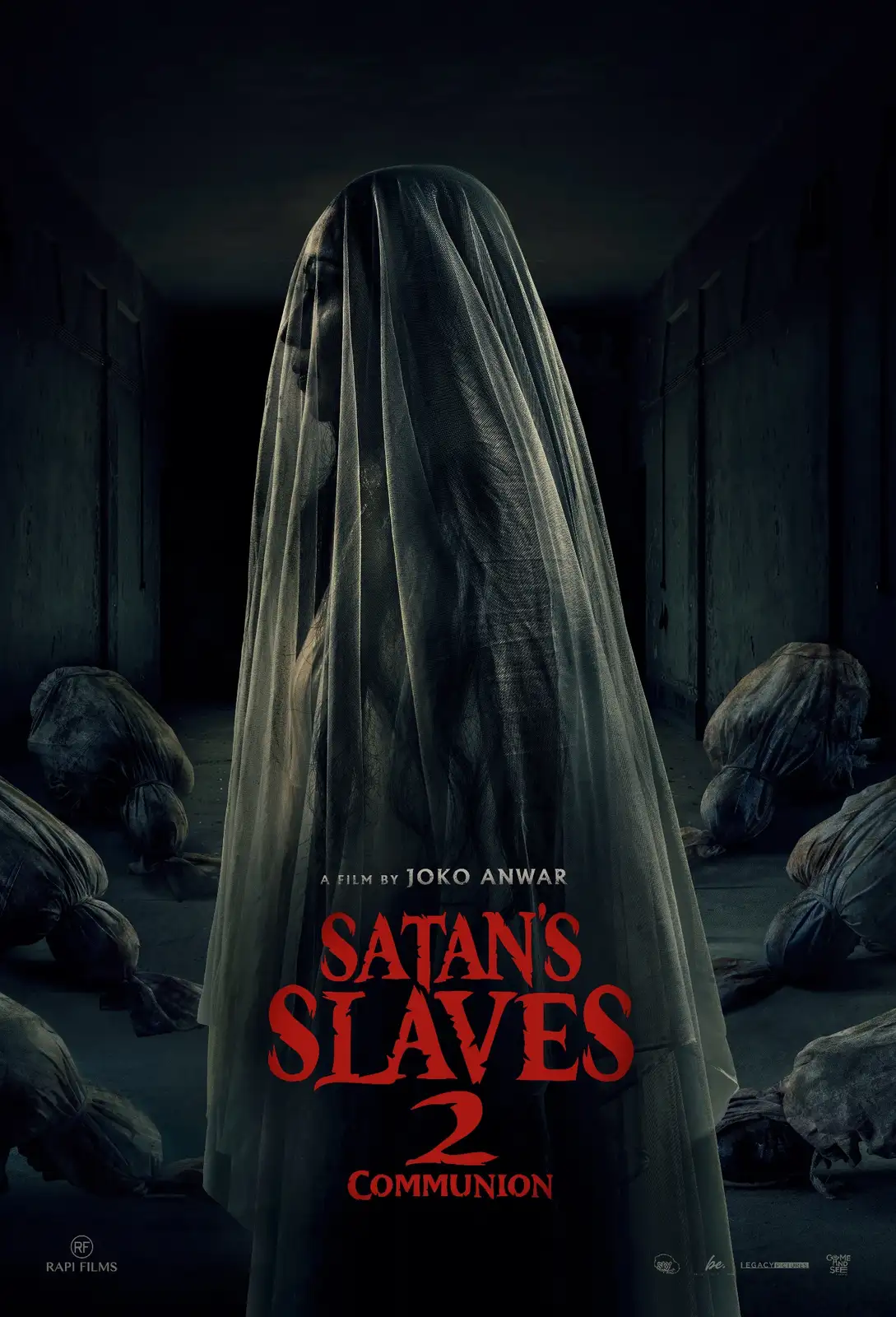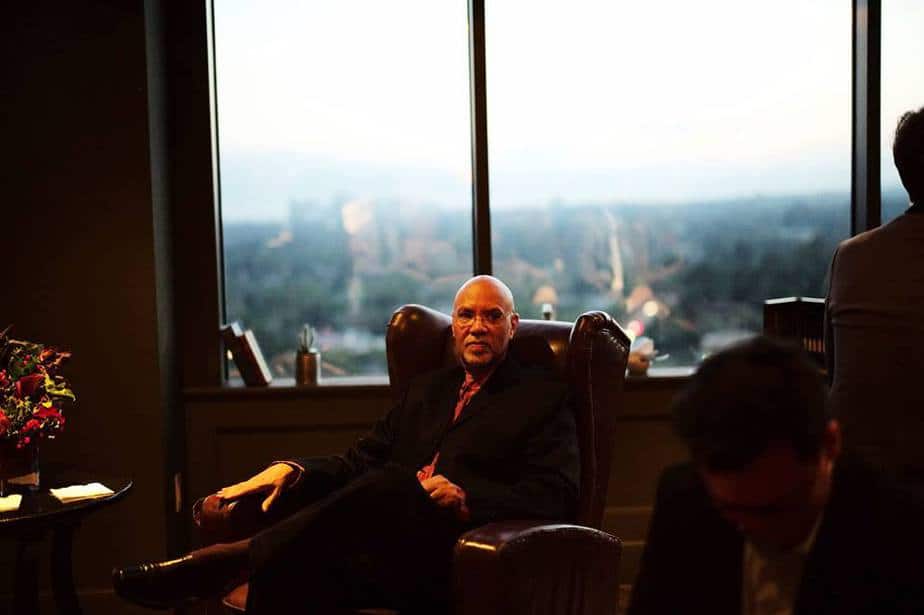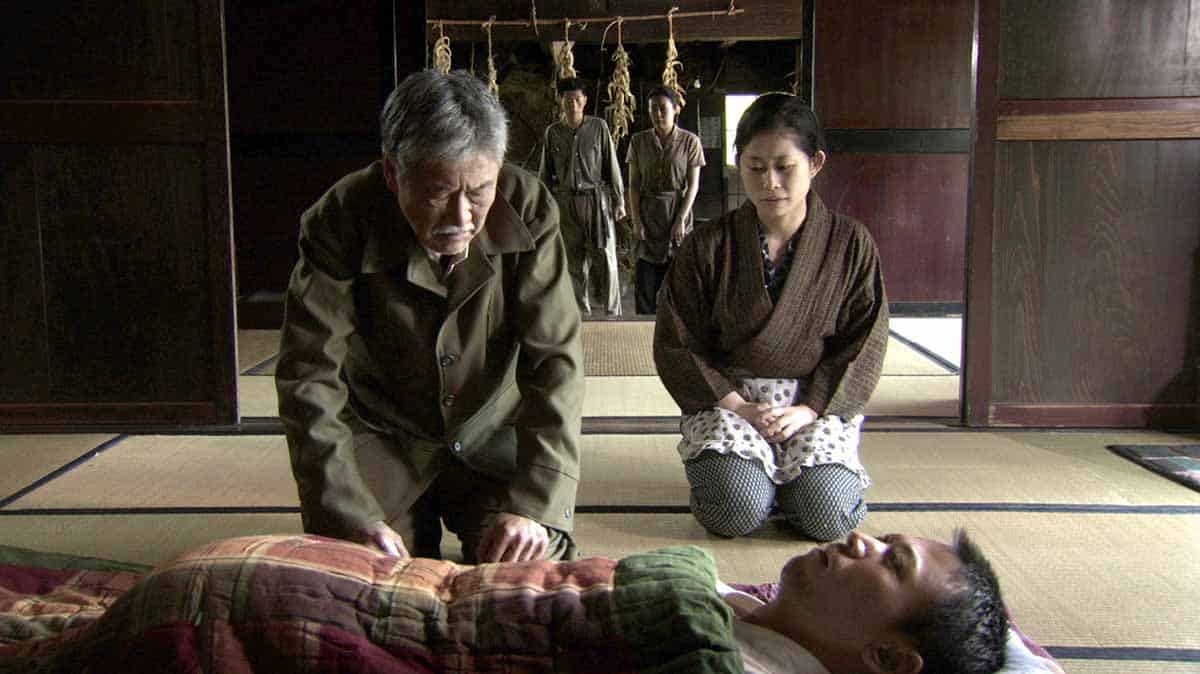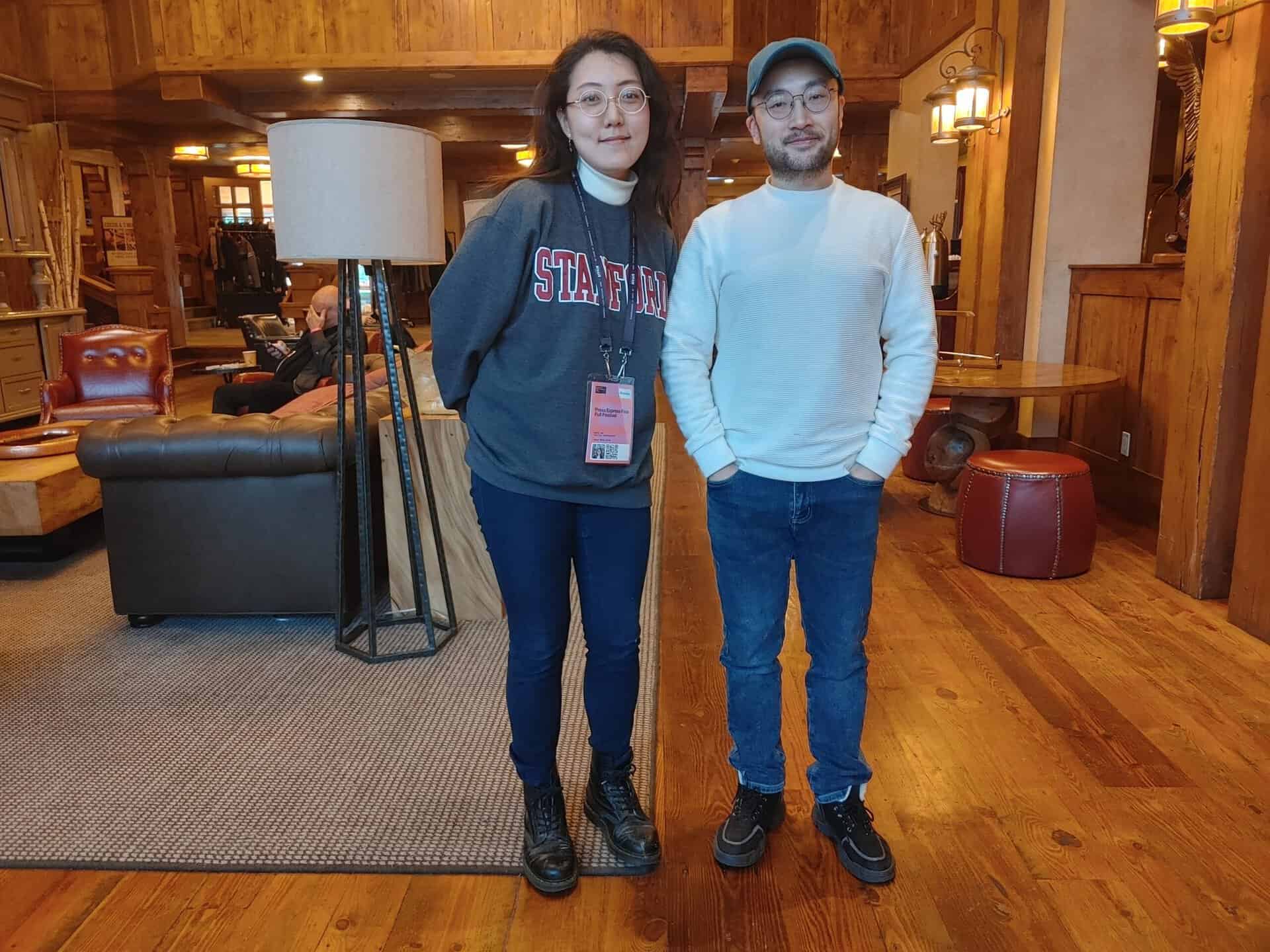10. Children of the Mist (Diem Ha Le, Vietnam)

Rather than a study of a minority, “Children of the Mist” presents the viewer with an intimate and, what is more important, compassionate portrait of the relationship between a director and her subject. As the movie progresses, so does the relationship between the two women. This shows especially towards the end when Diem, with camera in hand, rushes to save her dear Di. She not only films as an observer to the goings-on in the family, but does everything she can to help the young girl. She urges Di's father to go and save his daughter when Vang kidnaps her. The father, drunk again, says he shouldn't meddle in the youth's life. And neither should she, his stern look suggests. She does the same, but to an even larger degree, when Vang and his family try to really kidnap the unwanting Di from her house. Ignoring her pleas and wriggling, they pull her towards their house, while the girl's parents sit idly, watching. Diem is the only person who rushes to help, trying to hold her friend, weaken the grasps of the invaders. Yet, she is almost attacked by none other than Di's father who looks like he is going to beat the director up for trying to help his daughter. (Martin Lukanov)
9. Arnold is a Model Student (Sorayos Prapapan, Thailand)
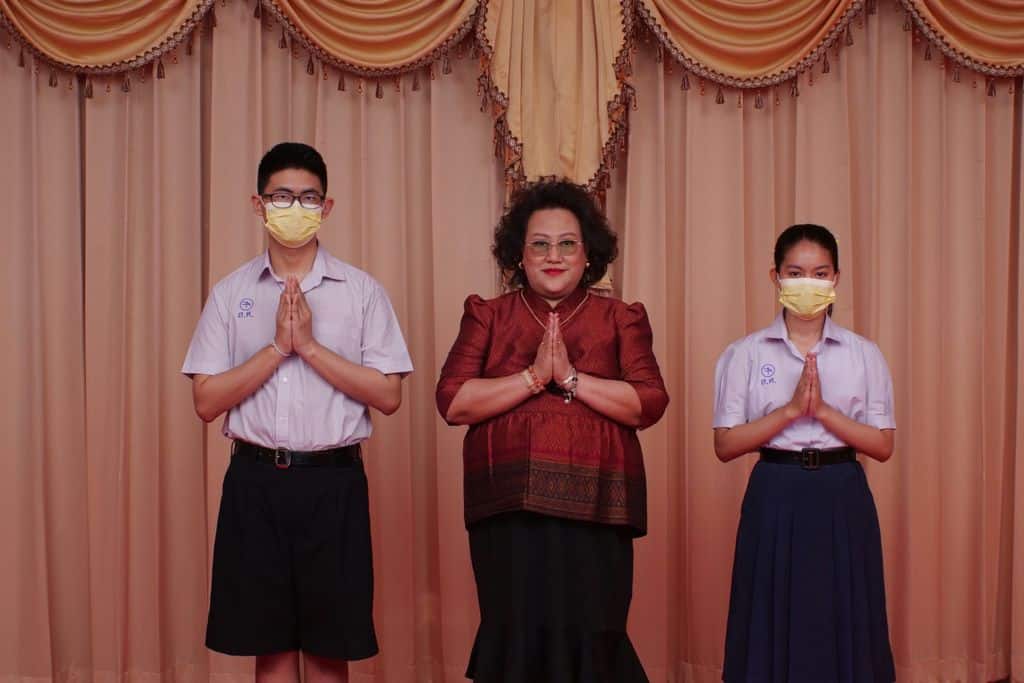
The way Prapapan uses Arnold and his classmates to highlight the consequences of the aforementioned issues, and Mr Bee and Mrs Wanee to show how the system works, is one of the best aspects of the movie, also benefiting the most by the naturalistic acting of Korndanai Marc Dautzenberg as Arnold, Winyu Wongsurawat as Mr Bee and Niramon Busapavanich as Mrs Wanee, with the last one being the one who actually steals the show with her flamboyant performance. Also of note here is the lack of any key parent figures, with Prapapan essentially noting how parents seem to have no clue what is happening to their children inside their schools. (Panos Kotzathanasis)
8. Gensan Punch (Brillante Mendoza, Philippines)
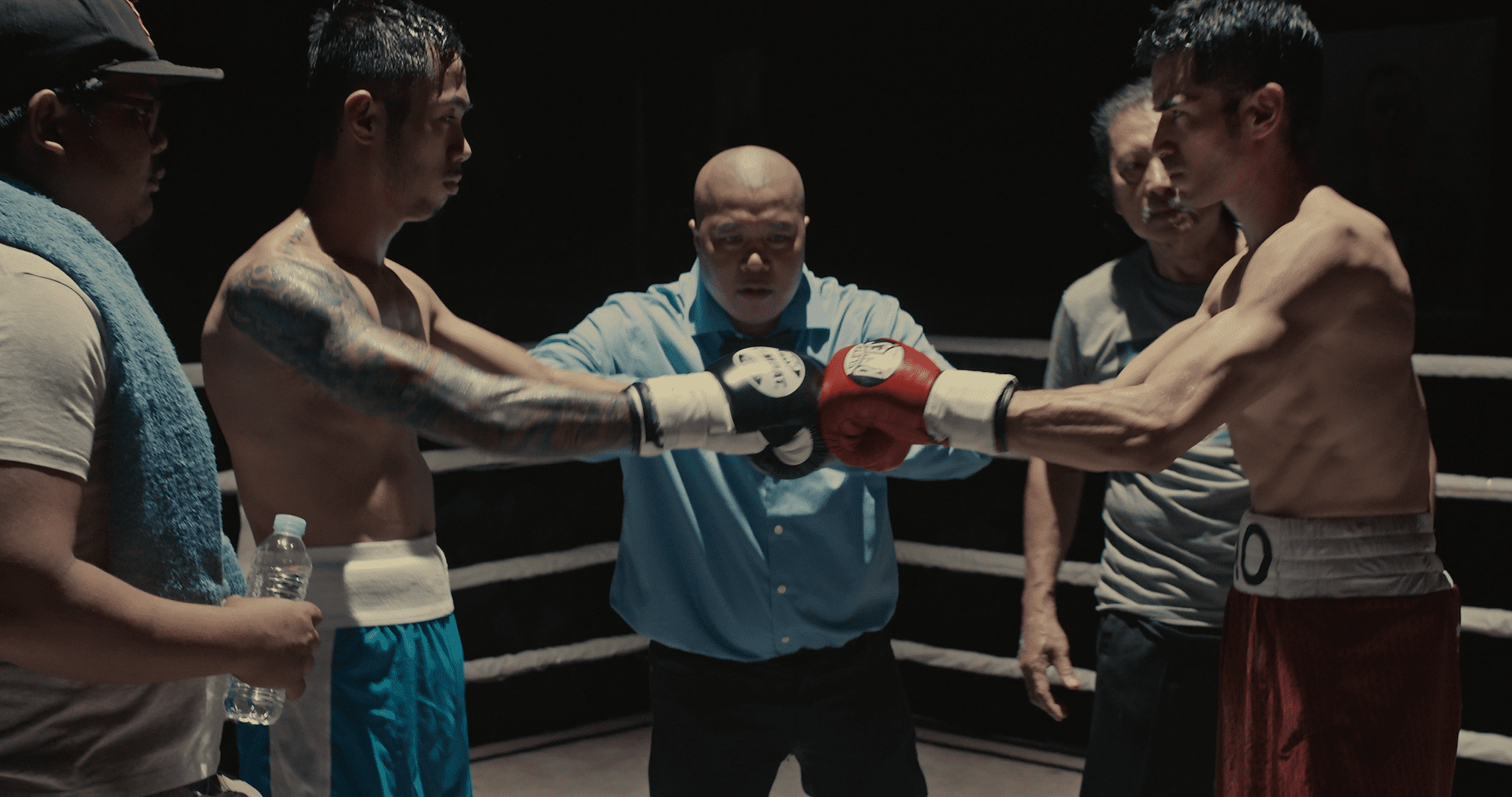
Implementing an approach that borrows much from documentaries, Mendoza directs a rather realistic film that focuses on presenting the world of boxing in all its glory and struggle, with the mentorship, the training, the fights, and the bureaucracy taking center stage, essentially pushing the main character to the background. The approach is rather unusual, since the base for a hard-core drama was definitely there, particularly considering the specifics of the protagonist, but in the end, it is easy to say that it works very well, with Nao embodying all those low-level boxers and the struggles they have to face in order to achieve even the slightest shred of success. The fact that his artificial leg is not exploited in any way for dramatic reasons, essentially becoming just another obstacle Nao has to overcome, also adds much to the overall aesthetics, as Mendoza completely avoids any kind of melodramatic premise. (Panos Kotzathanasis)
7. Satan's Slaves 2: Communion (Joko Anwar, Indonesia)
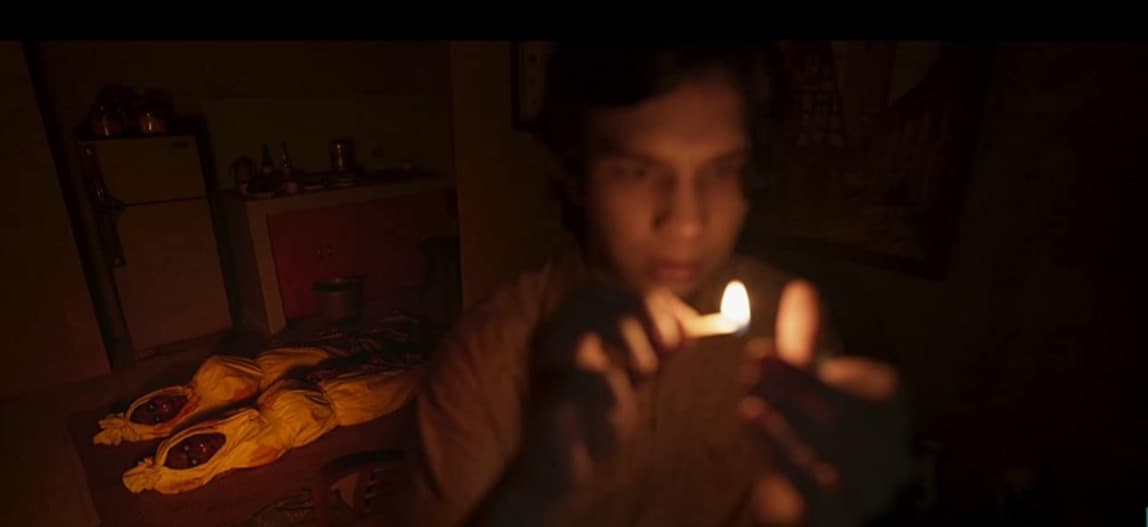
Joko Anwar proves once more that he is a master of his art, with the film excelling in all aspects, in a fashion that is on a much higher level than similar genre entries. One has just to watch the elevator sequence, where sound, Dinda Amanda's editing, and Ical Tanjung's cinematography come together in the most astonishing way to kickstart the action in the film, to realize the artistry involved here. One could say that the intense focus on the children protagonists seems like a “Stranger Things” vibe, but the presence of Rini, Tari and the Father in essentially equal measure tone down this aspect, as much as the commentary included in the narrative. Regarding this last element, Joko Anwar makes a rather pointed comment on religion, with the way the priest creeps in the lives of his neighbors when things start going towards a dangerous direction, and his actual motif, highlighting it in the best fashion, also because the remark is organically embedded in the narrative. The very ending, and particularly the reference to the Bandung Conference, also move towards a similar fashion, although I feel this element will be explored better in the third part of the series, which Anwar has already hinted at. (Panos Kotzathanasis)
Buy This Title
on Amazon by clicking on the image below
6. Leonor Will Never Die (Martika Ramirez Escobar, Philippines)
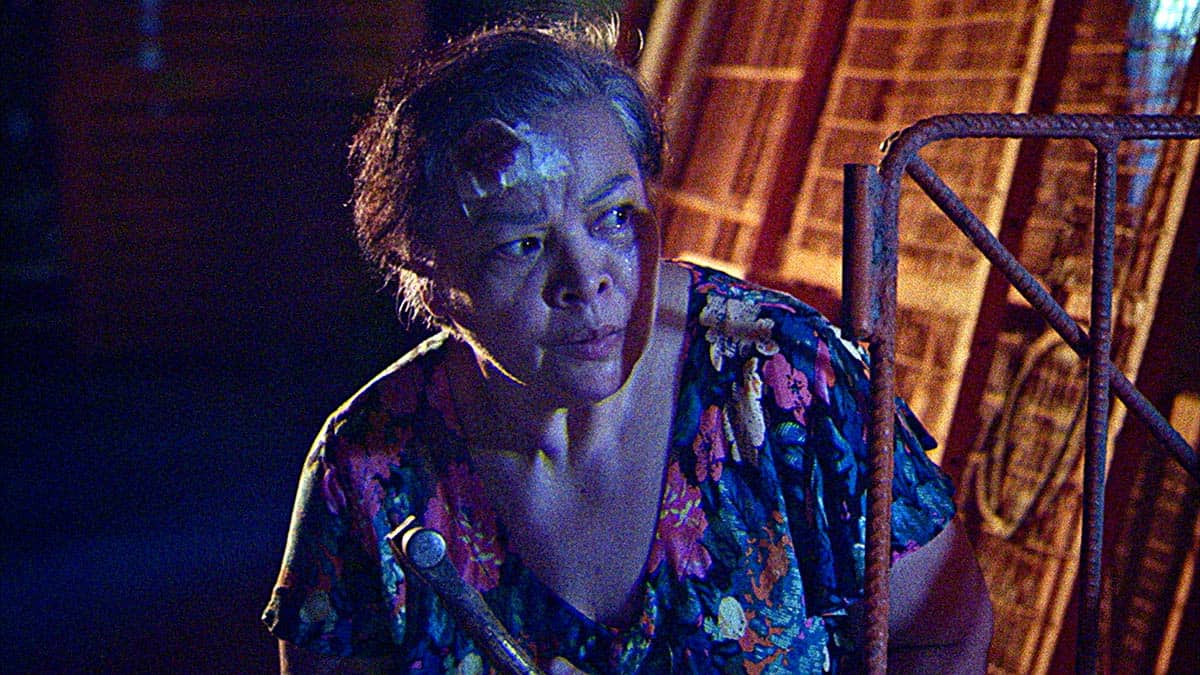
With her fascinating feature debut, Escobar pays tribute to the Asian B action movies of the 1970s and 1980s, letting two stories run simultaneously. Fights in the “other reality” are meticulously choreographed, and there is a vintage cheesiness to them. The sound is crackling, the photography grainy, and dialogues so retro with their palette of clichés that you get flash-backed with countless stached men in tight shirts who reigned the screens back in time. There is also a young stripper that goes by the name of Majestica, and she is the embodiment of all ‘simple, next door gals who were not fortunate in life', but are loveable and always find THE man (who – of course, saves both their ass and the day). (Marina Richter)
5. Return to Seoul (Davy Chou, Cambodia)
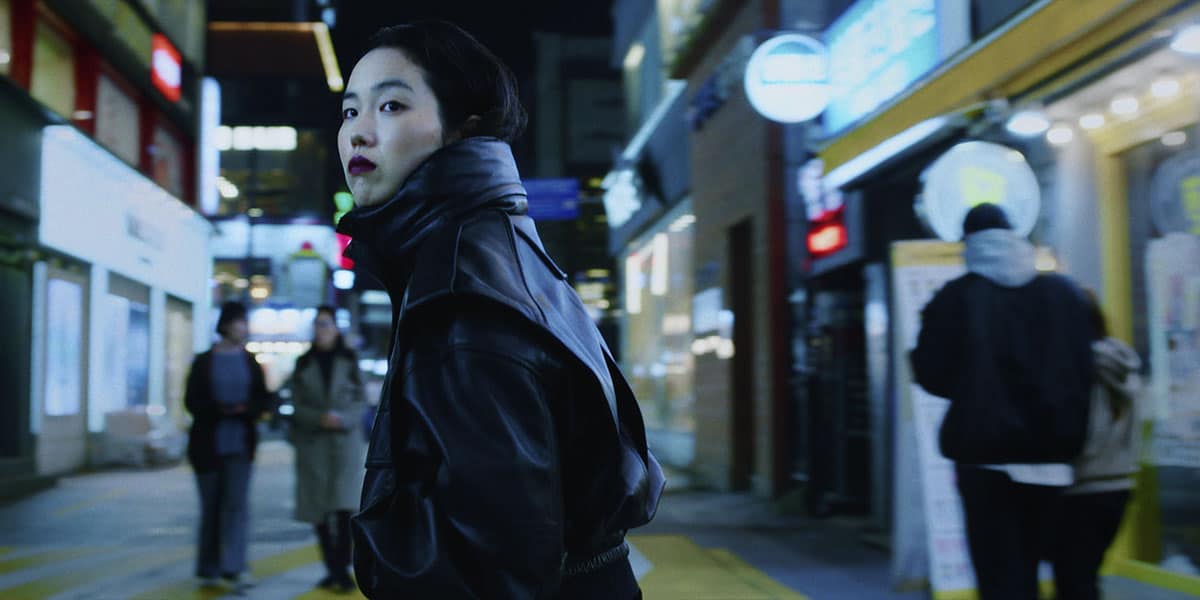
This time, it is South Korea's Seoul that becomes a stage for Chou's next venture. Born and raised in France, where his parents found asylum after fleeing away from the Khmer Rouge atrocities in the 1970s, Chou conveys a seemingly autobiographical depiction. In his film, a 25-year-old Korean-descent French woman, Freddie (Park Ji-min), plunges herself in an erratic effort onto the vibrant tissue of Seoul to reconnect with her biological parents and – more than everything – to rediscover her identity within the liminal, transcultural frame. (Lukasz Mankowski)
4. Stone Turtle (Woo Ming Jin, Malaysia)

“Stone Turtle” doesn't lack in violence, and the soft, natural light the cinematographer Kong Pahurak (also behind the camera in Woo's “Second Life of Thieves”, 2014) used for shooting most of the film's scenes, turns the color of blood as vintage as Zahara's red dress. The clash between the bad guy and good girl turn bad has its twists and turns, and despite of a river of blood coming from a series of despicable murders, there is also a small nod to silliness in representation of mercenaries à la Takashi Miike when three men appear at the beach armed with different types of cold weapons, one more useless than the other. (Marina Richter)
3. Love is A Dog from Hell (Khavn, Philippines)
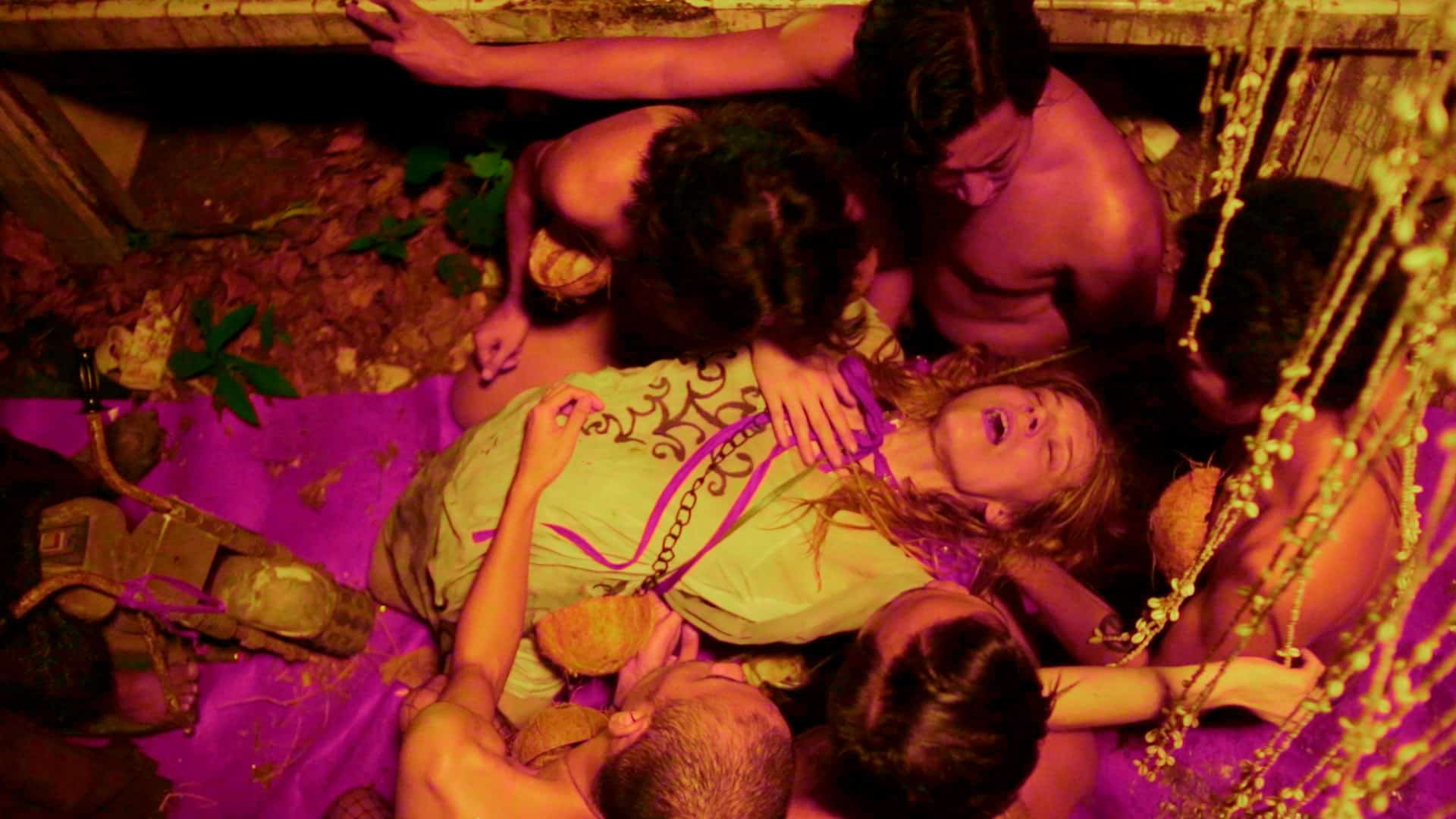
The juxtaposition of different contextual and cinematic elements continues in the rest of the movie, with Khavn and his DPs, Albert Banzon and Gym Lumbera using 10 different cameras (including Super8) in order to present a cornucopia of different colors, contrasts, hues and definitions, the chaos that is “Love is a Dog From Hell”. Images that look like kaleidoscopic paintings, footage from a documentary (?) about a medical procedure, Orphea sawing and “playing” with a pig's head, the titles appearing in the middle of the movie, a man who speaks in repeated sounds (Vim Nadera from “Ruined Heart”) while the subtitles present his words in a sort of a translation, frantic laughters, a penis peeing, the slums, space sounds combined with spacey images and colors, and animation by Rox Lee all come together in the most artfully twisted way, courtesy of Lawrence S. Ang's frantic, absurd, but rather fitting editing. (Khavn)
2. Fast and Feel Love (Nawapol Thamrongrattanarit, Thailand)
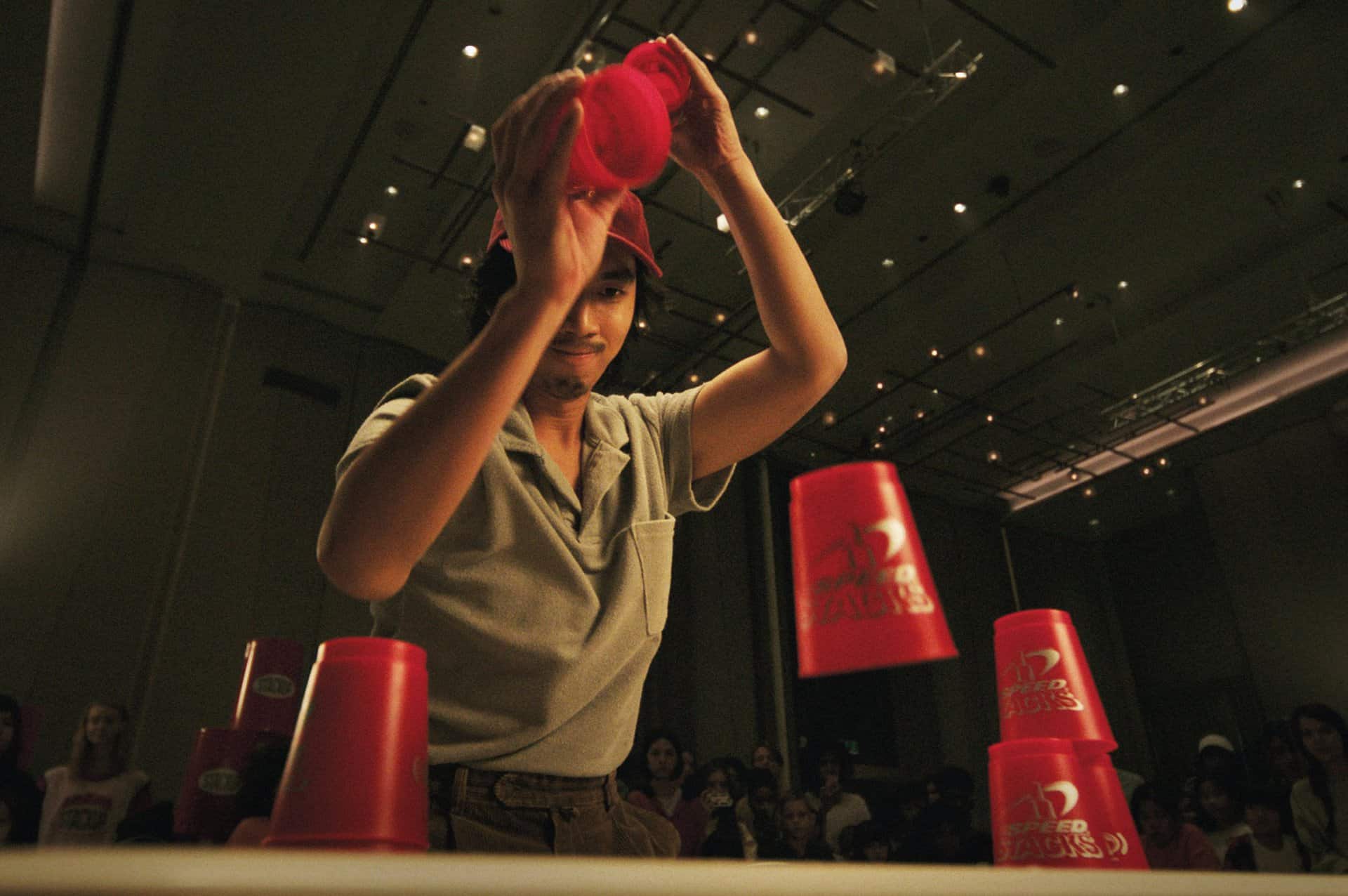
The production's marketing department may have been onto something, as there are clear elements of an action film here. There's a clear protagonist and antagonist and the fast paced narrative, swift edit and the music all could fit right into an action feature. But one must remember that this is a work by Ter Nawapol, so it cannot possibly fit straight into the action feature or the sports film mould. In addition to both those, “Fast & Feel Love” is at its core a late coming-of-age feature that has been wrapped in a love story, packed in the guide of an action/sports film, one that talks about understanding the reality of your childhood ambitions and coming into adulthood. For both Kao and Jay, it means giving up on (or at least giving less prominence to) the one thing you love the most in order to become who you must become. Thamrongrattanarit's previous feature “Happy Old Year” spoke extensively about letting go of the past and starting anew, an aspect that is also explored here, albeit in a totally different but equally effective manner. (Rhythm Zaveri)
1. Autobiography (Makbul Mubarak, Indonesia)

Makbul Mubarak directs a movie that thrives on its atmosphere, one that is dominated by a sense of disorientation, angst and constant danger, and actually carries the film from beginning to end. The ways he achieves this imposing setting, vary. For starters, the excellent acting of the two protagonists, Kevin Ardilova as Rakib and Arswendy Bening Swara as Purna, who are the main sources of all the aforementioned sentiments, with the former being responsible for the disorientation and angst, and the latter for the constant sense of danger. Their intense antithesis, as the young man barely speaks and the elder is quite vocal, particularly when campaigning, also works quite well here, highlighting their excellent chemistry. The scene in the shower is probably the apogee of this aspect, although there are a plethora of sequences that showcase the great collaboration between the two actors. Furthemore, the way their relationship changes throughout the movie is also quite intriguing, particularly in the way it parallels Rakib's transformations. (Panos Kotzathanasis)


